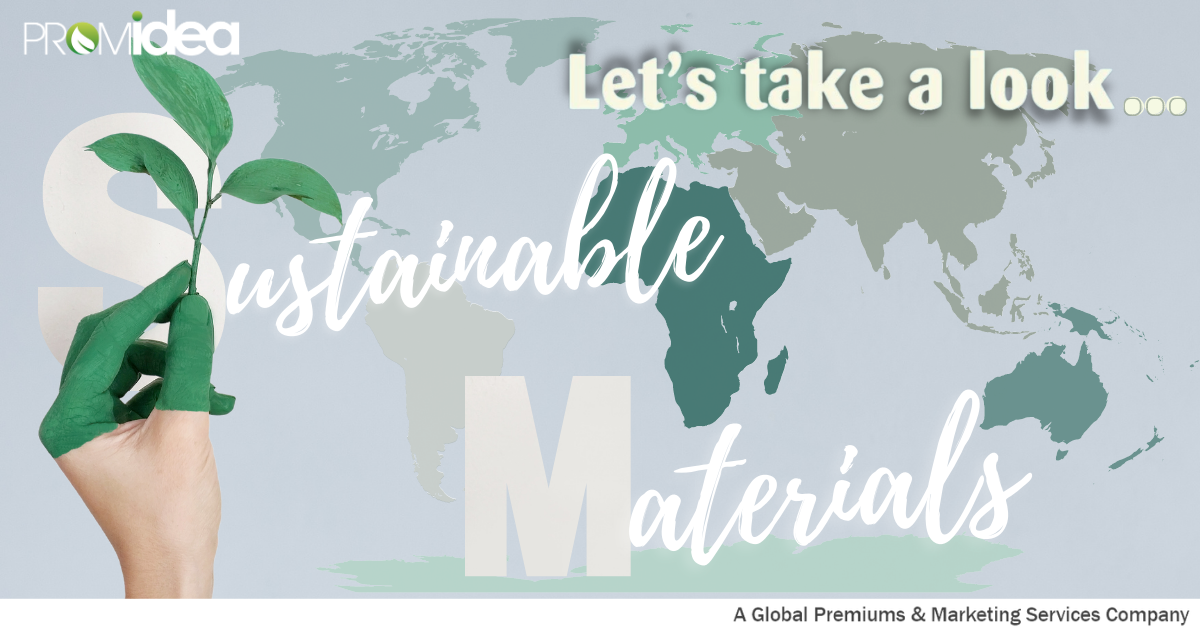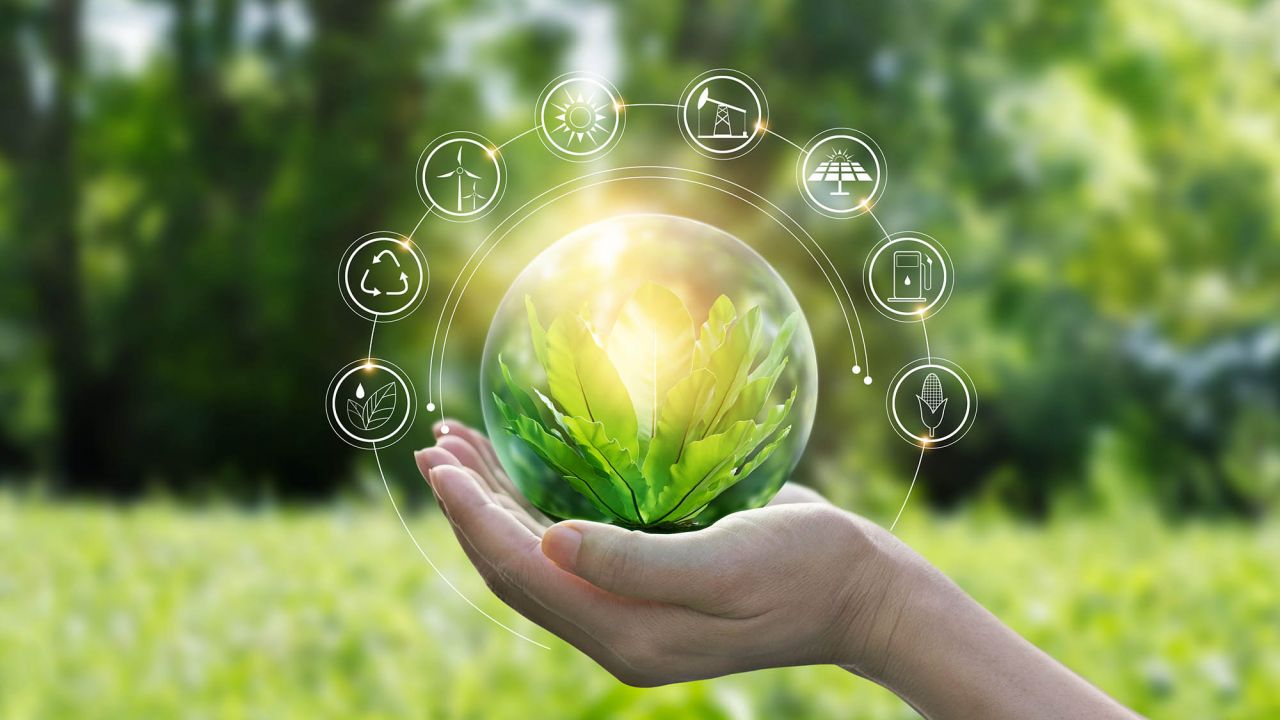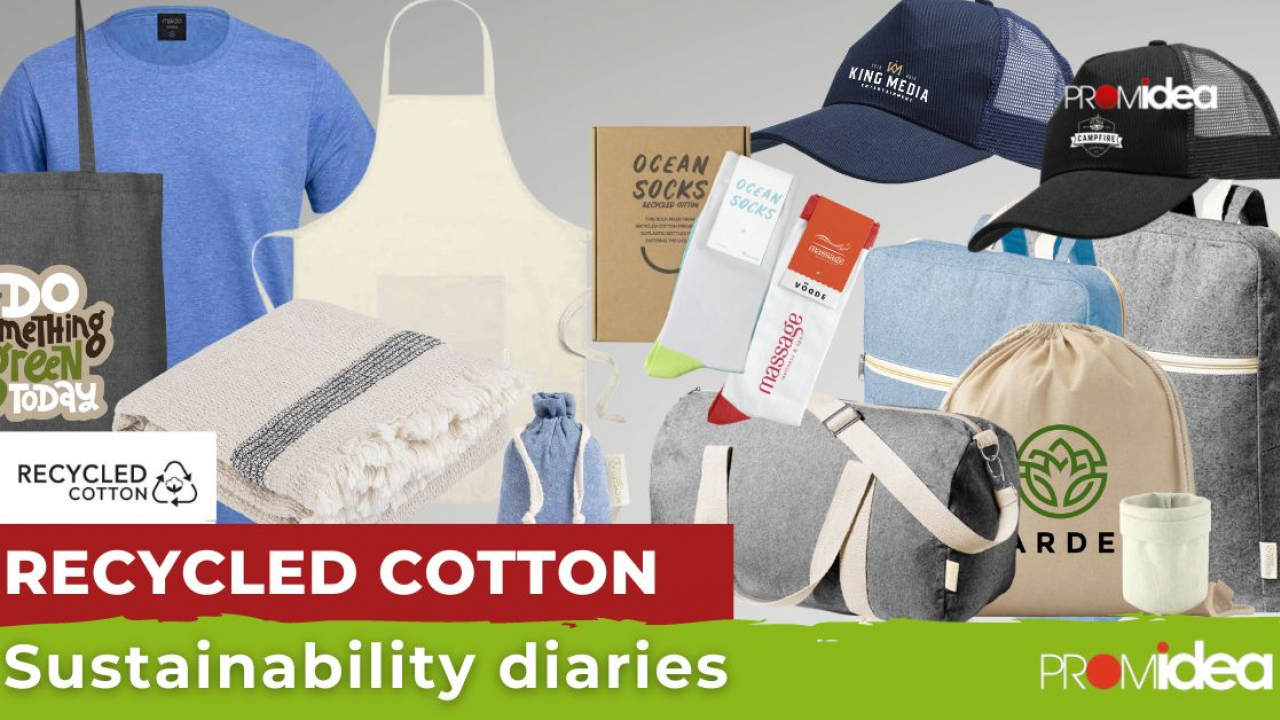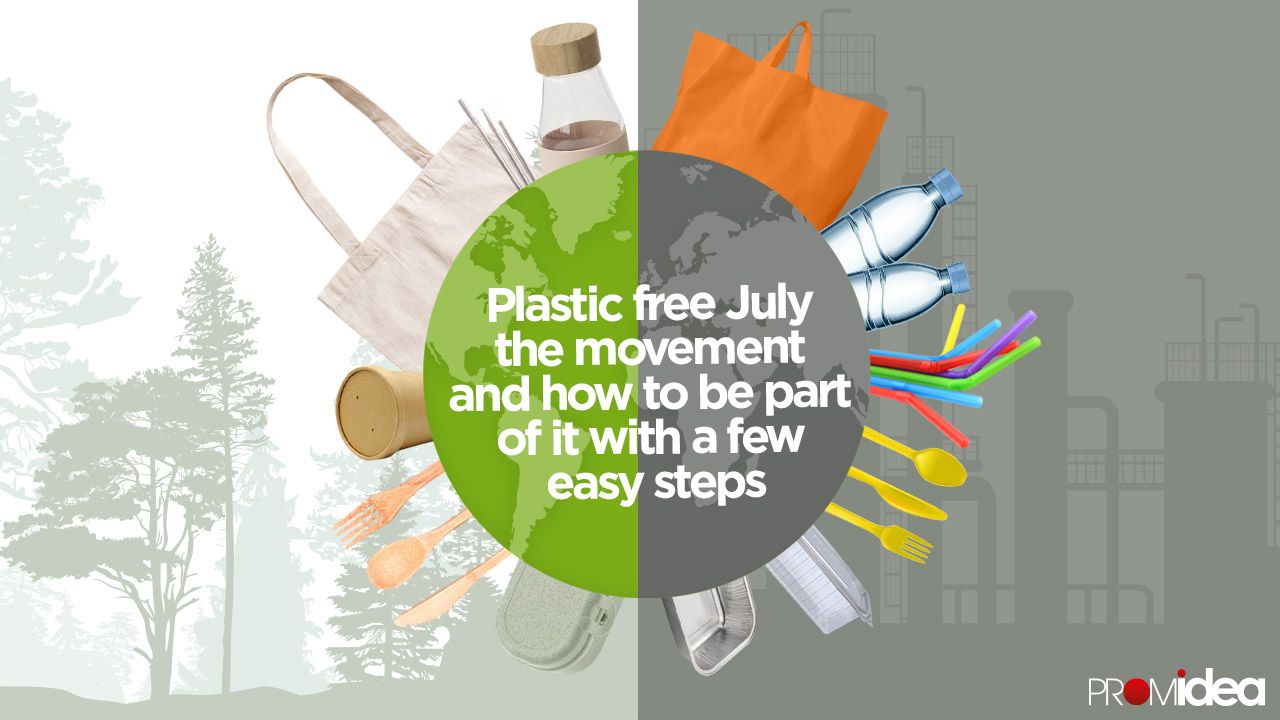<<People & companies are becoming more environmentally conscious>>
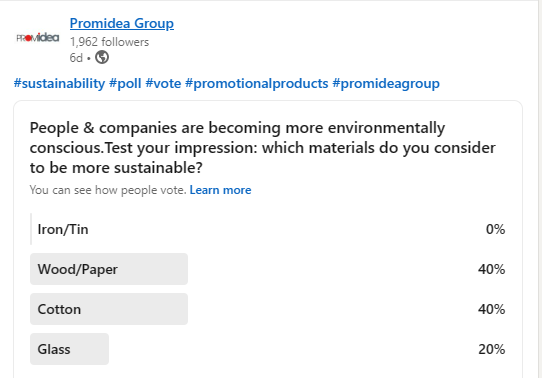
So let’s begin from the fact that In 2016 many world leaders adopted the United Nation’s 17 global goals/Sustainable Development Goals to improve life all around the world and preserve the earth’s resources and fight climate change. Today more consumers (especially younger demographics) preferences are moving towards sustainabe alternatives. With legislation such as single-use plastic seeing bans almost all over the world, it’s never been more important to explore sustainable materials as alternatives to traditional materials. This surge in popularity has also rocked all industries and shaped it for the better including in our promo industry.
In 2016 many world leaders adopted the United Nation’s 17 global goals/Sustainable Development Goals to improve life all around the world and preserve the earth’s resources and fight climate change.
Sustainable materials are materials used throughout our consumer and industrial economy that can be produced in required volumes without depleting non-renewable resources and without disrupting the established steady-state equilibrium of the environment and key natural resource systems. Such materials vary enormously and may range from bio-based polymers derived from polysaccharides, or highly recyclable materials such as glass that can be reprocessed an indefinite number of times without requiring additional mineral resources. But, it’s also never been more difficult to make the right choice. Bellow you can find more information about sustainable materials:
>> Which types of Sustainable Materials we can find in the market?
- Natural Materials
Natural materials are materials that can be found in nature. They’re naturally occurring and can generally be safely disposed of, unlike synthetic or man-made materials. Natural materials are generally grown, like wood or cotton, or mined like stone, clay, and metals. They’re a great choice if you’re looking for materials that contain less harmful chemicals and are easier to safely dispose of or reuse.
- Renewable Materials
Renewable materials are materials from renewable sources. Just because a material is natural, does not mean it is renewable. For something to be renewable, it must be able to naturally replenish what is used at a rate that allows for the resource to be maintained not depleted over time. Many natural materials are not renewable but materials that can be grown and re-grown or infinitely recycled, by people or in nature, are considered renewable.
- Harmless and Non-toxic Materials
Many materials, natural and synthetic, are manufactured or treated with harmful chemicals that have a toxic effect on people, animals, and the natural environment. These substances can be harmful for a long time after the initial application and can cause problems with the safe disposal of the material. Choosing non-toxic alternatives makes the material more sustainable, even if it is man-made.
>>Sustainable Material Management’s Life-cycle Perspective: product impacts on environment :
Materials have environmental impacts throughout their lifecycles. The major stages in a material’s lifecycle are raw material acquisition, materials manufacture, production, use/reuse/maintenance, and waste management.
By looking at a product's entire life cycle—from materials extraction to end-of-life management—we can find new opportunities to reduce environmental impacts, conserve resources, and reduce costs. For example, a product may be re-designed so it is manufactured using different, fewer, less toxic and more durable materials. It is designed so that at the end of its useful life it can be readily disassembled.
Life Cycle Assessment (LCA) is a technique to make more informed decisions through a better understanding of the human health and environmental impacts of products, processes, and activities. This can include an evaluation of the air, water, land, and energy consequences of a product or process, and possible alternatives.
By examining how materials are used throughout their life cycle, an SMM approach seeks to:
- Use materials in the most productive way with an emphasis on using less.
- Reduce toxic chemicals and environmental impacts throughout the material life cycle.
- Assure we have sufficient resources to meet today’s needs and those of the future.
Sustainable materials management (SMM) represents a systematic approach to using and reusing materials more productively over their entire life cycles. It's a change in how our society thinks about the use of natural resources and environmental protection. How our society uses materials is fundamental to our economic and environmental future. Global competition for finite resources will intensify as world population and economies grow. More productive and less impactful use of materials helps our society remain economically competitive, contributes to our prosperity and protects the environment in a resource-constrained future.
Each stage of the product life cycle has multiple impacts on the environment. The Product Carbon Footprint (PCF) is the most established method for determining the climate impact of a product. Throughout the entire life cycle of a product - from raw material extraction to recycling or disposal - climate-relevant impacts arise in the form of greenhouse gas emissions. It's an well know fact that when organic matter is landfilled it decomposes and produces gas methane which is up to 34 times more powerful than carbon dioxide over a century, thus contributing to climate change. This simple graphic shows how a typical product ( even promotional product) breaks down in terms of the carbon impact of each lifecycle stage. The material used has by far the most environmental impact. It results that material is an important component of any product.
But which materials have the best eco credentials? Let's see some pros & cons abaout the materials that we've talked in our poll above:
>>Sustainable Material: Pros & Cons :
Iron/Tin
PROS:
- Manufactured with recycled materials
- Shaped into bespoke designs
- Full colour imagery
- Consumers can upcycle
- Infra structures can accommodate consumer recycling
- Low Cost
- Collectible promotions
CONS:
- Long lead times for bespoke designs
- Tooling costs for bespoke designs
Wood/ Paper
PROS:
- Wood is nature’s original composite.
- One of the oldest and most convenient materials
- Long life. Wood is easy to maintain and repair.
- Wood generally gives off a warmer feeling when compared to other materials like steel , iron materials.
- High tensile strength- stronger than steel
- Laminated – extreme resistance to abrasion
- Absorbs CO2
- An alternative to plastic
- It can be recycled.
- Keep in mind : Recycled paper produces about 25% fewer total emissions than conventional paper. Recycling one ton of paper saves 17 trees!
CONS:
- Cutting down trees is necessary to produce wood for construction, paper and other applications, but logging and other activities that kill trees can potentially lead to negative impacts on ecosystems and the environment as a whole
- Because it is an organic material it has to be protected from moisture or things can grow on it. (fungus or bacteria)
- It can be destroyed by different levels of temperature and humidity.
- Unless treated with chemicals, wood can easily catch fire and is considered a combustible material
Organic Cotton
PROS:
- Eco Print - Natural cottons are grown using methods and materials that have a low impact on the environment.
- Moisture Absorbent - Natural cottons are useful in textile production due to its natural wicking properties, absorption of dye colour and its ability to stabilize other eco fibers. • Feel of Fabric - Clothing made from organic cottons have the feel of linen without the weight.
- Anti Allergenic - Many allergies may be caused by chemicals in cotton fibers we either wear, or sleep on.
CONS:
- High water usage and should be purchased using BCI supply chain
Glass
PROS:
- Continuous recyclable material
- Shaped into bespoke designs
- Consumers can upcycle
- Infra structures can accommodate consumer recycling
- Low Cost • Collectible promotions
CONS:
- Requires manufacturing under controlled environmental conditions
- Limited recycled glassware within supply chain in China
Making choices each day that help the environment may be easier than you think. Choosing to use environmentally friendly products can conserve the resources that are used to manufacture the items and can also help keep large amounts of trash out of landfills. As consumers become more and more socially conscious, they expect their favorite brands to do the same. This has elevated the sustainability trend to a business imperative. The promotional product industry is no different. In fact, according to the Advertising Specialty Institute (ASI)’s 2020 Global Ad Impressions study, 46% of consumers are reported to have a more favorable opinion of an advertiser if the promotional product they receive is environmentally friendly. It’s not just the younger generations either. Nearly a third of people with ages that reach 55 and older say they’ve purchased more environmentally friendly products in 2019 then in 2020.
Promidea have been encouraging customers to use eco-friendly products since 2006 ! Starting with the Gold sustainability rating in 2018 , our score has continued to improve year after year, placing us among the top 1% of companies assessed by EcoVadis. Last year, in 2022, we have been awarded with the Platinum Ecovadis sustainability rating .
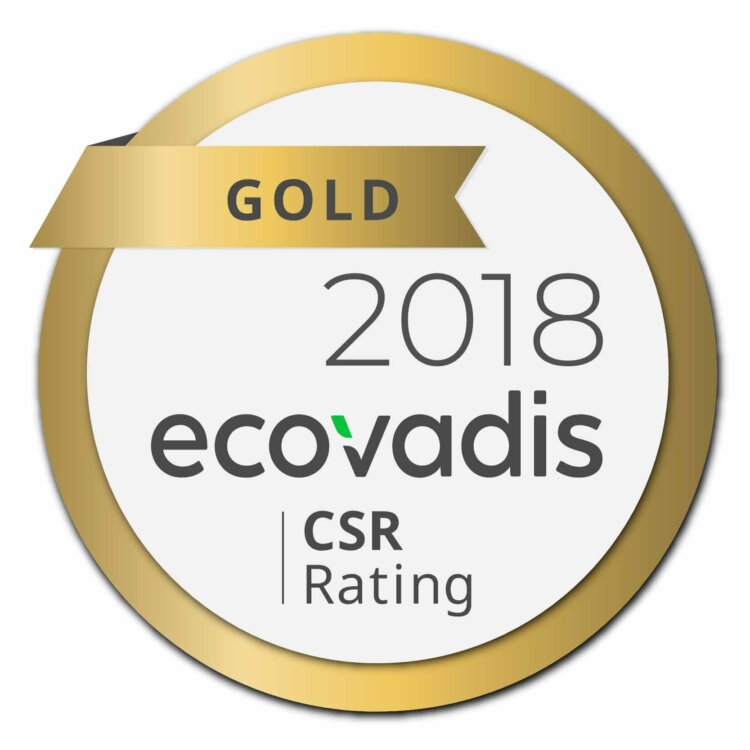
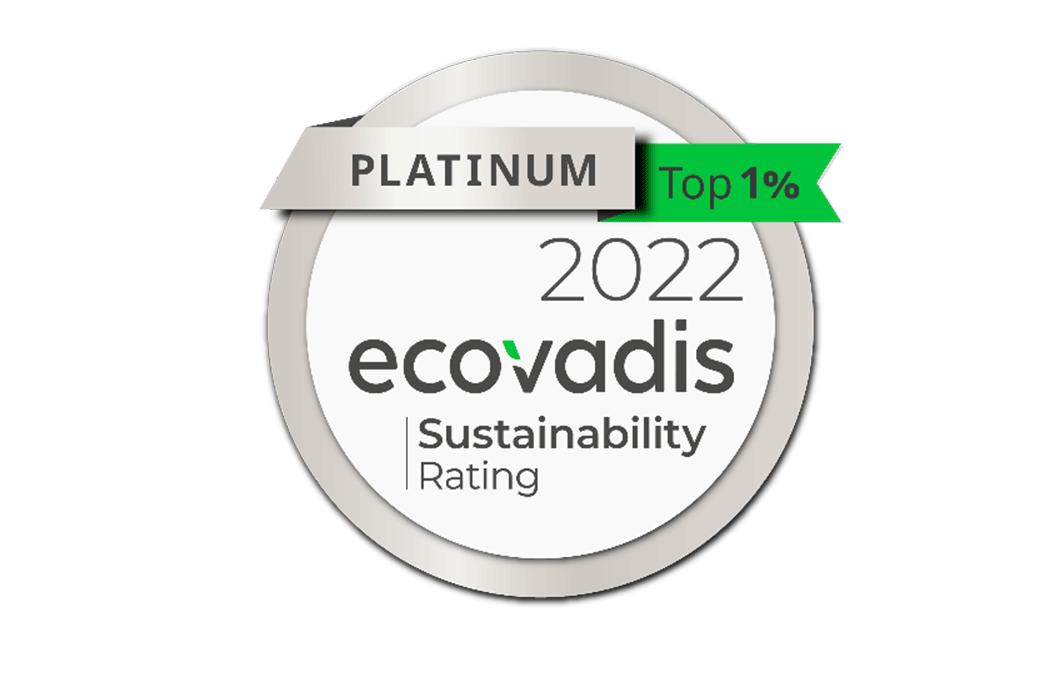
We know what we’re talking about and with this extensive experience can offer you the best solutions for the environment and your marketing! Get in touch with us today and see what products will best suit your needs.
Sources:
Specialty Institute (ASI) : https://www.asicentral.com
15 Sustainable Materials to Look Out for in 2023 [Full Guide] (mindseteco.co)
Product Carbon Footprint (PCF) - Definition | iPoint-systems (ifu.com)
https://news.climate.columbia.edu/2019/02/14/carbon-catalogue-products/
Guidance-on-Life-Cycle-Thinking-031014.pdf (michaeldbaker.com)

